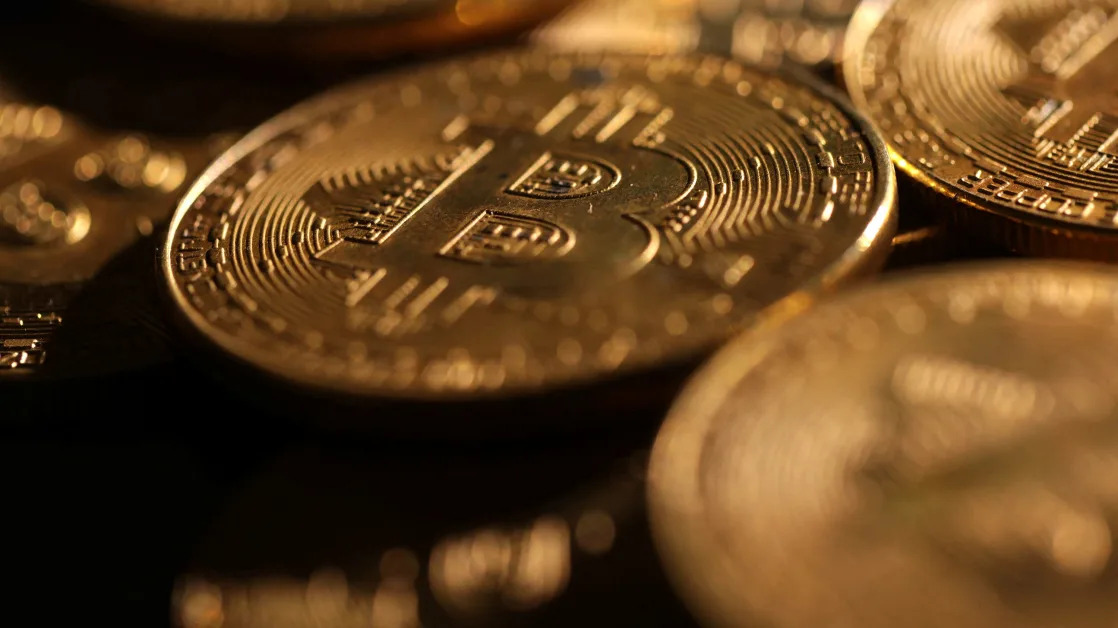(Bloomberg) -- Norway’s central bank delayed a long-communicated cut in borrowing costs until later this year as officials responded to a flare-up in inflation.
Norges Bank held the deposit rate at 4.5%, the highest in more than 16 years, as predicted by a majority of analysts in a Bloomberg survey. Its path for borrowing costs signals two cuts before the end of 2025, with a gradual decline thereafter.
“Impression is that of a central bank that has gotten scared by the cost overhang and the latest inflation figures and wants to buy more time before easing the pressure of the brakes in the car,” said Kristoffer Kjaer Lomholt, chief analyst at Danske Bank A/S. It “leaves the NOK market with plenty of opportunities going forward.”
Danske now expects cuts in September and December, with four more through 2027 to end at 3%, versus a prior estimate of four quarter-point reductions this year.
A steady recovery of business activity in Western Europe’s biggest energy exporter and a surge in inflation since January have wrong-footed policymakers in Oslo, who for months highlighted this decision as the likely start of their first easing cycle since the pandemic.
Their quandary chimes with global peers, with neighboring Sweden last week confirming a halt to rate cuts after a pickup in consumer prices, and the US Federal Reserve noting strengthening cost pressures too just as President Donald Trump threatens wholesale tariffs.
“The krone will find it hard to add to its already-emphatic rally this month as the door was left open for cuts in the near future. ...The central bank’s indication of two rate cuts by the end of the year is more dovish than the market.”
Much like in Sweden, food costs have driven an acceleration in Norwegian inflation, which surged in February to a 10-month high. Policymakers raised their forecast for consumer-price growth this year to 3% from 2.6% seen in December, but expect gradual deceleration after.
“We believe that part of this is temporary, but not all of it,” Governor Ida Wolden Bache said Thursday in an interview in Oslo, pointing out that price growth in goods other than food and services has also been stronger than expected. “So that information in addition to higher wage growth contributes to an upward revision of our inflation forecasts also going forward.”
The economy “has not evolved as we envisaged,” Wolden Bache said at an earlier news conference. She cited the bank’s survey of regional contacts showing the upturn in the economy will continue, even if “at a modest pace,” while ascribing a surprise contraction in the fourth-quarter output — the largest since the pandemic — to “temporary effects.”
“Our reaction pattern seems to be well understood and markets seem to anticipate that we will change the forecast for the interest rate when we get information that points to a certain direction,” she said in the interview. “We’ve seen that previously and we’ve also seen that now that there is trust in the fact that we will respond to new information in accordance with our mandate.”
Growth in the mainland economy will be slower than previously projected, at 1.2% this year and the next, the central bank forecast.
Overnight swaps now price in a 96% probability of more than a full cut by the September meeting.
Officials “tried today perhaps to give something to both sides, as they kept rates unchanged but left the door open to cut twice this year,” Kjetil Martinsen, chief economist at Swedbank AB, said in a note.
The Norwegian krone recovered losses versus the euro, trading largely unchanged at 11.3470 per euro after the announcement.
The krone has been the second-best performing G-10 currency so far this year, gaining around 4% versus the euro since January as traders had been betting on the possibility that the Norges Bank may avoid cutting rates this month.
With a slower pace of reductions already priced into the krone, a further rise was unlikely, said Dane Cekov, FX strategist at Sparebank 1 Markets AS in Oslo.
“Technical indicators suggest that the NOK is overbought against both USD and EUR, and it won’t take a lot of bad news for the NOK fortunes to change track,” he said.
--With assistance from Joel Rinneby, Stephen Treloar, Alastair Reed, Christian Wienberg, Christopher Jungstedt and Naomi Tajitsu.
(Updates with comments from the governor from seventh paragraph, swaps and growth forecasts.)





